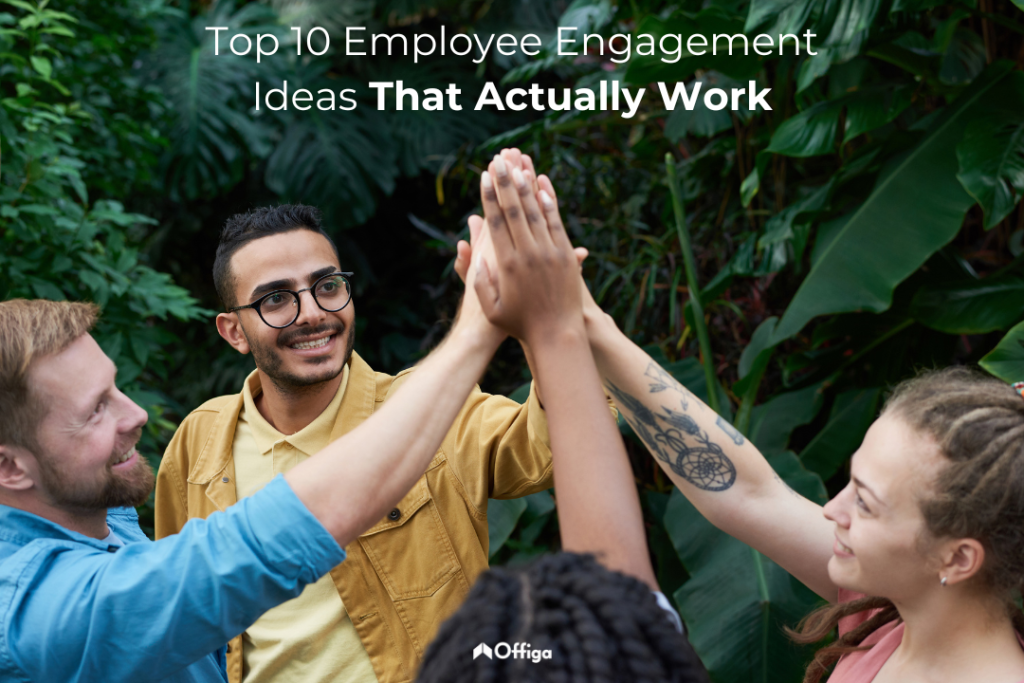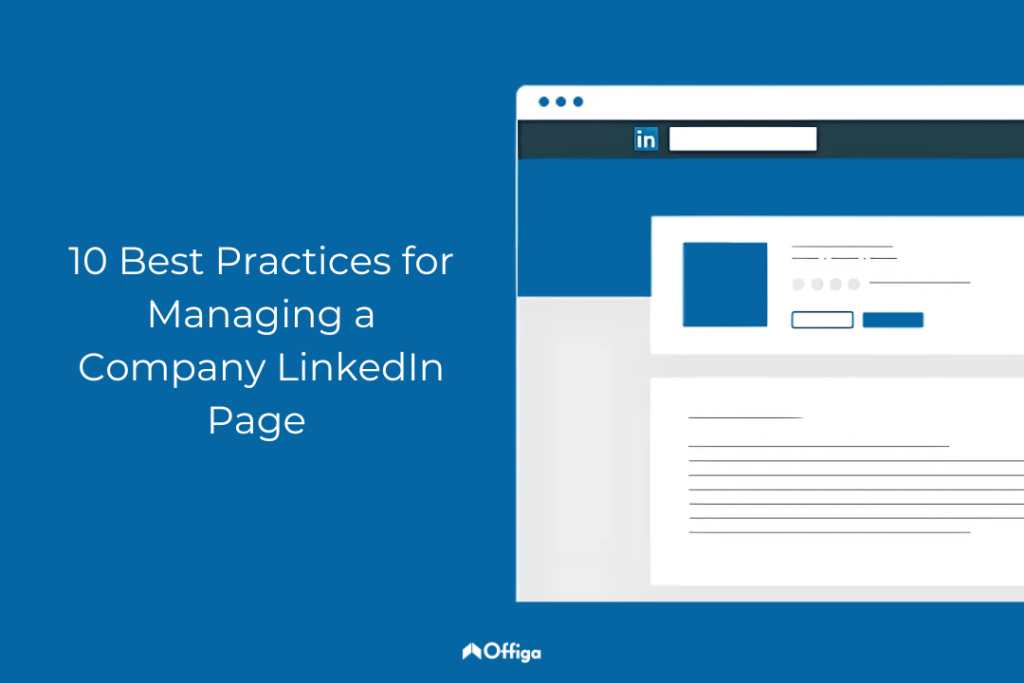Employee engagement is the cornerstone of a thriving organization. It’s the fuel that drives productivity, innovation, and retention. But simply talking about engagement isn’t enough. You need actionable strategies that deliver real results. This 2025 guide presents 10 employee engagement ideas that actually work, providing practical tips and insights for HR professionals looking to cultivate a highly engaged workforce.
Foster a Culture of Recognition
Regular, authentic recognition is crucial. Move beyond generic praise and focus on specific behaviors and accomplishments. A “thank you” tied to a tangible outcome is far more impactful. For example, instead of saying “Good job!”, try “I really appreciate you going the extra mile to finish the Smith project. Your attention to detail was essential to its success.” Make recognition a regular part of your company culture, not just an annual event. Publicly acknowledge achievements in team meetings or through company-wide announcements.
Invest in Growth & Development
Employees crave opportunities to learn and grow. Offer professional development programs that align with their career aspirations, not just mandatory training sessions. Mentorship programs, skill-building workshops, and access to online courses are all valuable investments. A wealth of online learning and development tools are available, offering diverse functionalities to cater to various needs. Platforms like Whatfix can provide in-app guidance and support, while iSpring Suite facilitates the creation of interactive eLearning content. Learning Management Systems (LMS) such as TalentLMS and Docebo offer comprehensive platforms for managing and delivering training programs, tracking learner progress, and fostering engagement. Consider exploring these and other online tools to build a robust and effective L&D program. Provide clear career paths and opportunities for advancement within the company.
Prioritize Open Communication
Communication shouldn’t be a one-way street. Create channels for two-way dialogue, including regular team meetings, anonymous feedback surveys, and one-on-one check-ins. Crucially, practice active listening. Show employees that their voices are heard and valued. Actively solicit feedback and demonstrate that you’re taking it seriously. Regularly communicate company updates and important information transparently.
Champion Work-Life Integration

The concept of “work-life balance” is often unrealistic. Focus instead on “work-life integration,” which acknowledges that work and personal life are intertwined. Offer flexible work arrangements where possible, promote reasonable working hours, and encourage employees to utilize their vacation time. Recognize that employees have lives outside of work and respect their personal time. Offer resources and support for employees to manage their personal and professional responsibilities.
Team Building that Connects
Team-building activities should be meaningful and foster genuine connection, not just provide a temporary distraction. Choose activities that align with your team’s interests and goals. Consider volunteering together, participating in a team challenge, or even just having a casual lunch together. Create opportunities for teams to collaborate on projects and build relationships. Encourage social interaction outside of work hours.
Celebrate Successes
Acknowledge and celebrate achievements, both big and small. Make celebrations visible to the entire team or company. This reinforces positive behaviors and creates a sense of shared accomplishment. Consider incorporating corporate gifting into your celebrations. Platforms like Offiga offer a wide range of personalized and unique gifts to show employee appreciation. A thoughtful gift can amplify the impact of recognition and make the celebration even more memorable. Offiga has proudly partnered with companies like The Times of India and Zscaler, helping them create impactful recognition hampers. For insights into the science behind corporate gifting and its impact on employee engagement, click here.
Create a Positive and Inclusive Workplace
A comfortable and welcoming work environment is essential for engagement. Foster a culture of respect, inclusivity, and psychological safety, where everyone feels valued and respected. This includes both the physical and virtual workspace. Promote diversity and inclusion at all levels of the organization. Provide training on unconscious bias and create a safe space for employees to share their perspectives.
Gather Employee Feedback (and act on it)

Regularly solicit feedback from your employees through various channels, including surveys, focus groups, and one-on-one conversations. But gathering feedback is only half the battle. Crucially, act on the feedback you receive and communicate the changes you’re making. Close the feedback loop by letting employees know how their input has been used. Be transparent about the challenges and limitations you face in addressing their concerns.
Offer Opportunities for Purpose-Driven Work
Many employees are looking for work that has a deeper purpose beyond just making a profit. Offer opportunities for employees to get involved in community service projects, support charitable causes, or contribute to initiatives that align with their values. Connect employees with projects that have a positive social or environmental impact. Showcase the company’s commitment to social responsibility.
Foster a Culture of Continuous Learning
Encourage continuous learning and development by providing access to learning resources, supporting employees who pursue further education, and fostering a growth mindset. This shows employees that you’re invested in their long-term success. Create a culture where learning is valued and encouraged. Offer opportunities for employees to share their knowledge and expertise with others. Leverage learning and development tools like Whatfix for in-app guidance, iSpring Suite for interactive eLearning content creation, and Learning Management Systems (LMS) such as TalentLMS and Docebo to manage and deliver training programs effectively.
Key Insights:
- A recent study by Gallup found that highly engaged teams show a 23% increase in profitability.
- According to research by the Achievers Workforce Institute, 82% of employees want to be recognized for their work.
By implementing these employee engagement ideas and consistently working to improve your workplace culture, you can attract, retain, and motivate top talent, ultimately driving business success. Investing in employee engagement is not just good for your employees; it’s good for your bottom line. The key to long-term organizational success is to a thriving workplace where employees feel valued, challenged, and connected.




